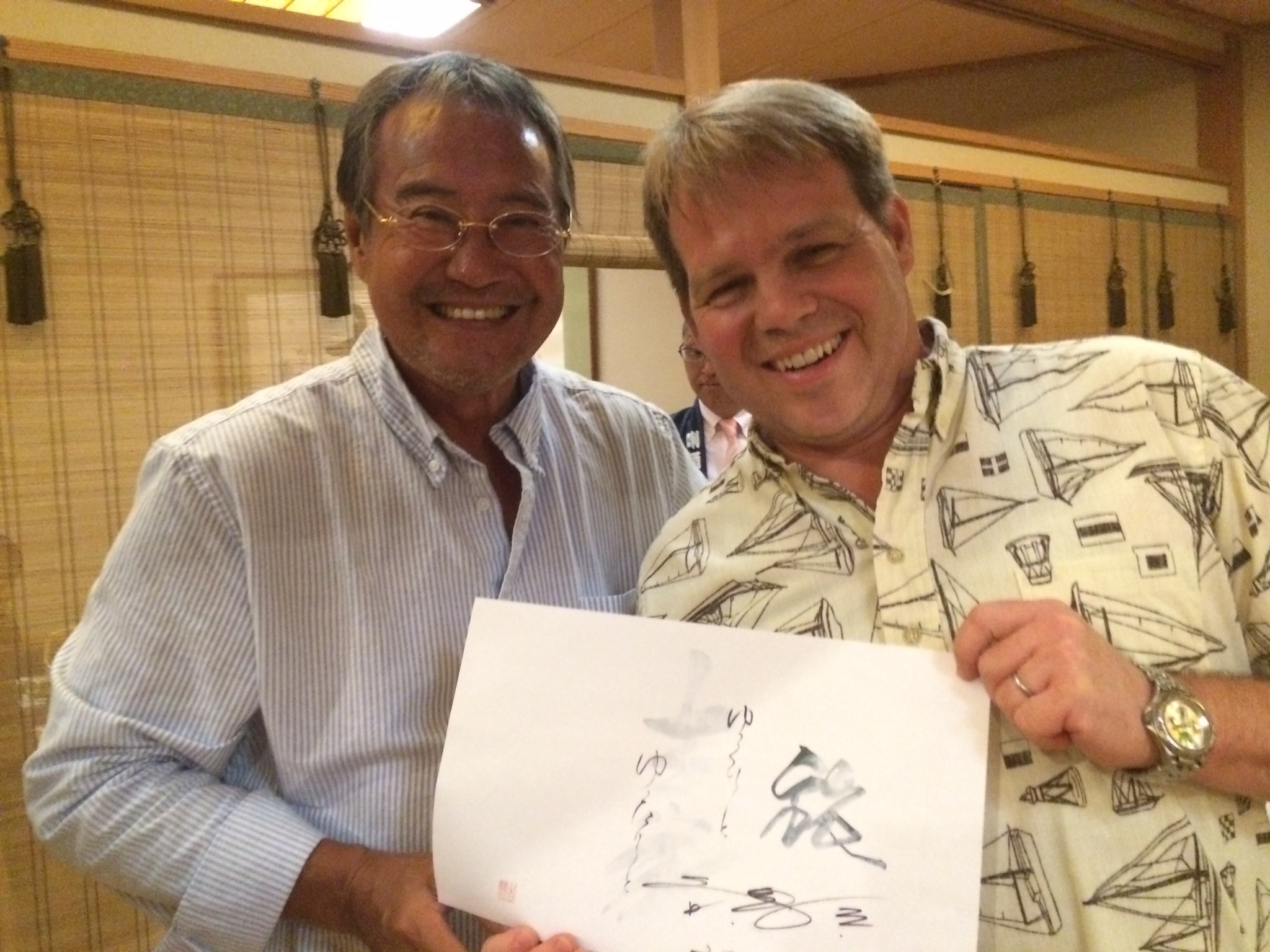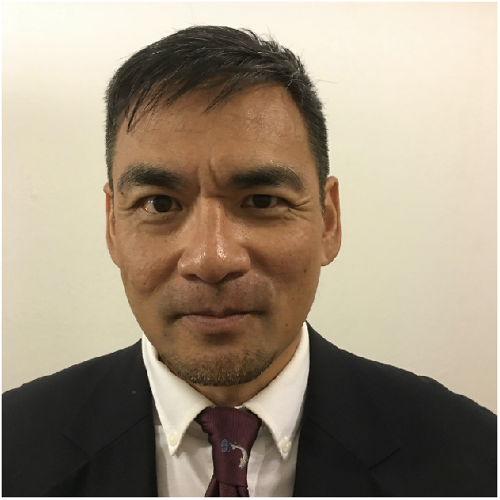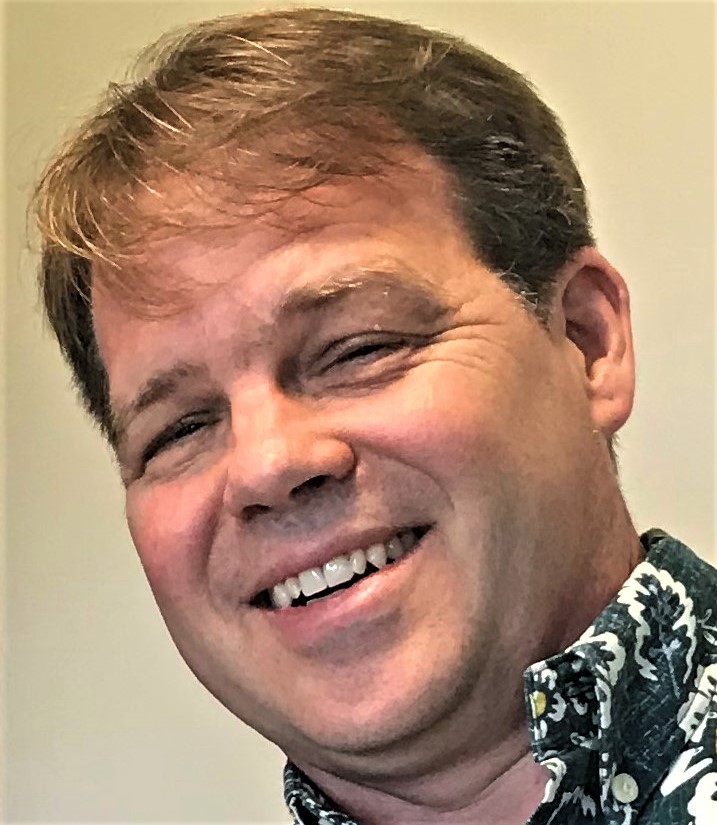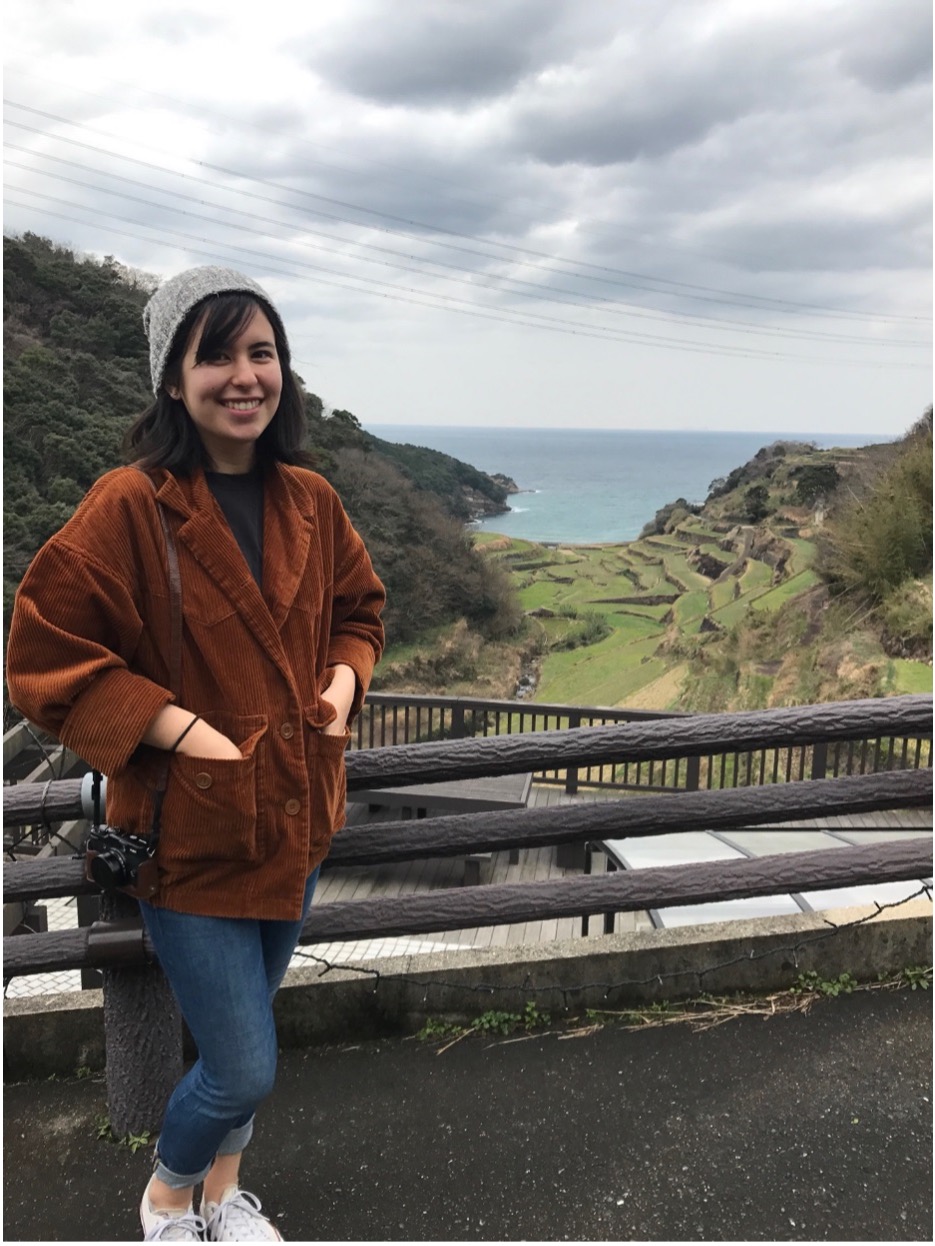University of Hawaii Professors and pop culture scholars Dr. Jayson Chun (UHWO) and Dr. Pat Patterson (HCC) launch a blog on transpacific East Asian pop culture!

The Pop Pacific is based on Asian Studies summer classes on J-pop, K-pop, anime and manga. University of Hawai‘i professors Dr. Jayson Chun and Dr. Patrick Patterson have created a blog for general audiences. This blog is written in a non-academic style for undergraduates and non-native English speakers to understand and enjoy. The Pop Pacific is a good bridge between fan posts on pop culture and more detailed academic readings.
The Pop Pacific is a place where feedback for a future general readership is encouraged. Graduate students are especially welcome to send posts (so long as they are written for a general audience). These articles can be used for classes, including zero cost textbook classes.

What are your personal stories of how you got interested in studying East Asian pop culture?
Jayson: I am born and raised in Hawaii and grew up with Japanese superheroes. I also visited Japan several times as a child and loved the manga and anime. I first encountered K-pop in Korea in 1995. It seemed more of a novelty, but later something about the music sounded catchy and later, so American-influenced. Then in 2008, K-pop songs appeared on YouTube, and since they were free, I got hooked on them.
Pat: I fell in love with Karaoke, and with singing Japanese Enka songs. My first Karaoke experience was with some Japanese friends in a small country town before I could speak or read any Japanese. In such a small Karaoke bar in 1989, they only had Elvis songs in English. Well, I like Elvis, but pretty quickly I got tired of singing only that. So I learned to sing Enka, because that was available – and I liked much of it.
When I got to graduate school, the first thing my advisor asked was what the topic of my thesis would be. I had no idea, so I just said “Enka.” Luckily, he was able to introduce me to Dr. Christine Yano, and that set me on the path. The first few times I made discoveries in the sources I was reading, I got so excited it completely hooked me. Now, I am deeply into this research. So I guess it is a case of serendipity.

Dr. Jayson Chun, Professor of History, University of Hawaii – West Oahu

Dr. Pat Patterson, Professor of History, University of Hawaii – Honolulu Community College
Many thanks to Professors Chun and Patterson for sharing their ideas and experiences with us! Check out their blog, and the courses they teach at UHM, UHWO, and HCC!
More information on K-Pop, J-Pop, and Anime and Manga courses.


